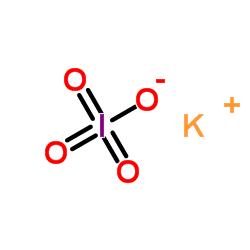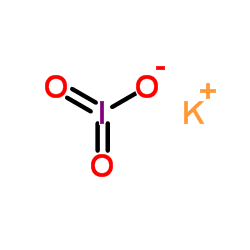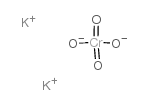| Structure | Name/CAS No. | Articles |
|---|---|---|
 |
Potassium periodate
CAS:7790-21-8 |
|
 |
Potassium iodate
CAS:7758-05-6 |
|
 |
Potassium chromate
CAS:7789-00-6 |